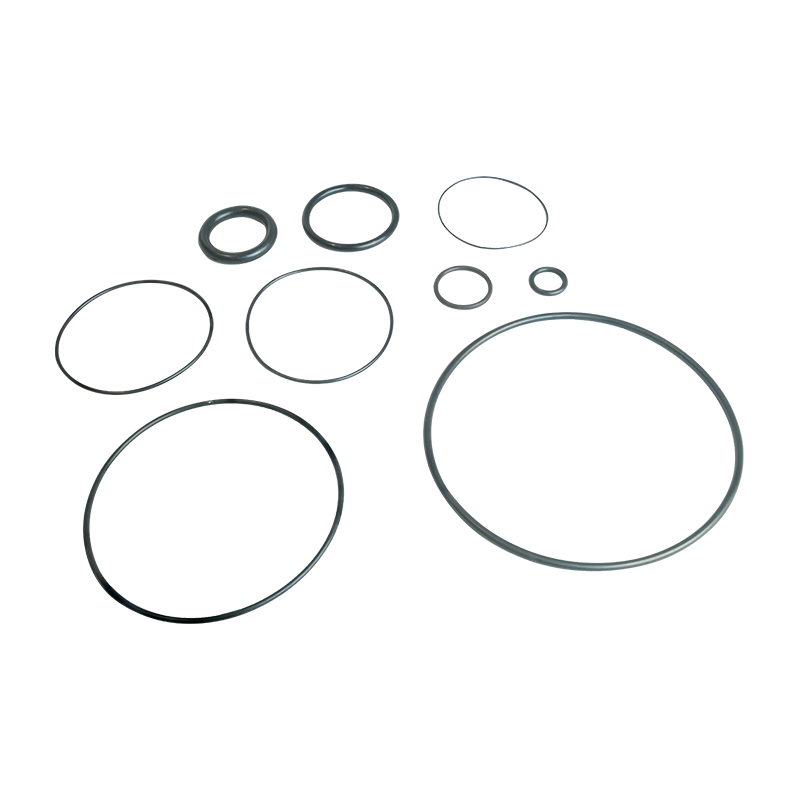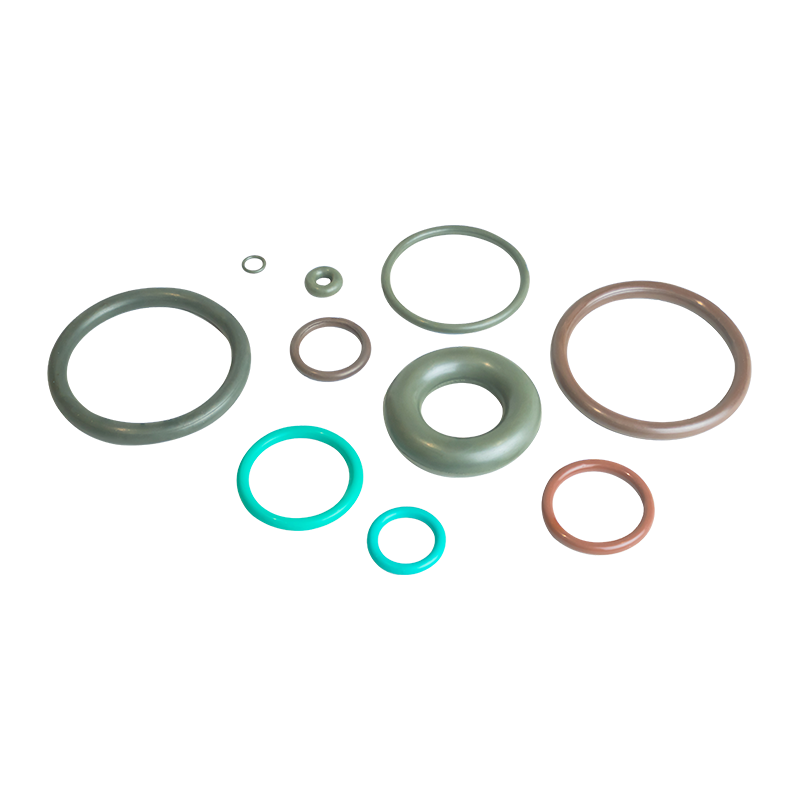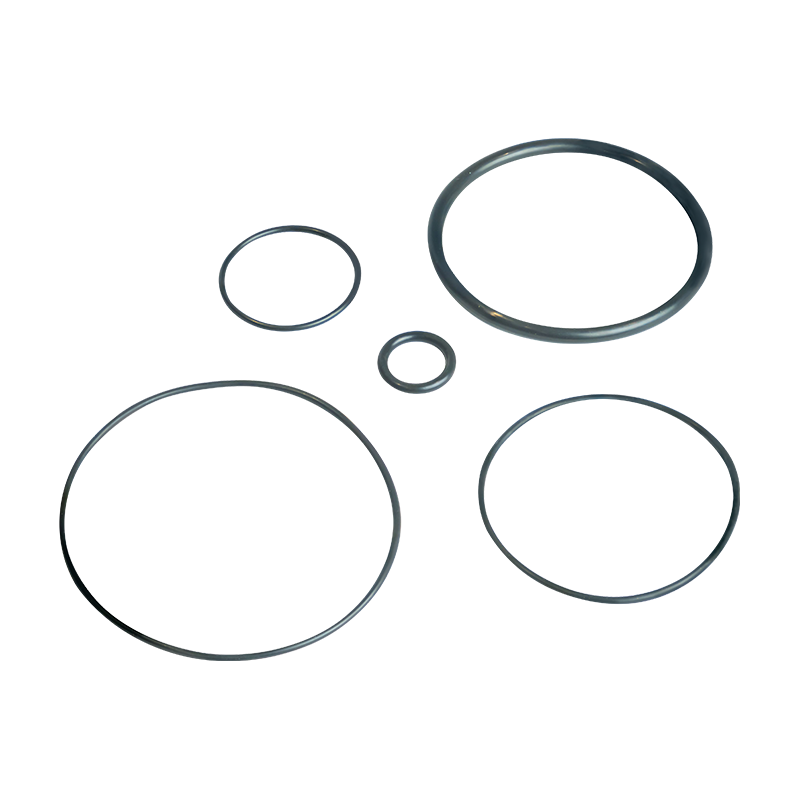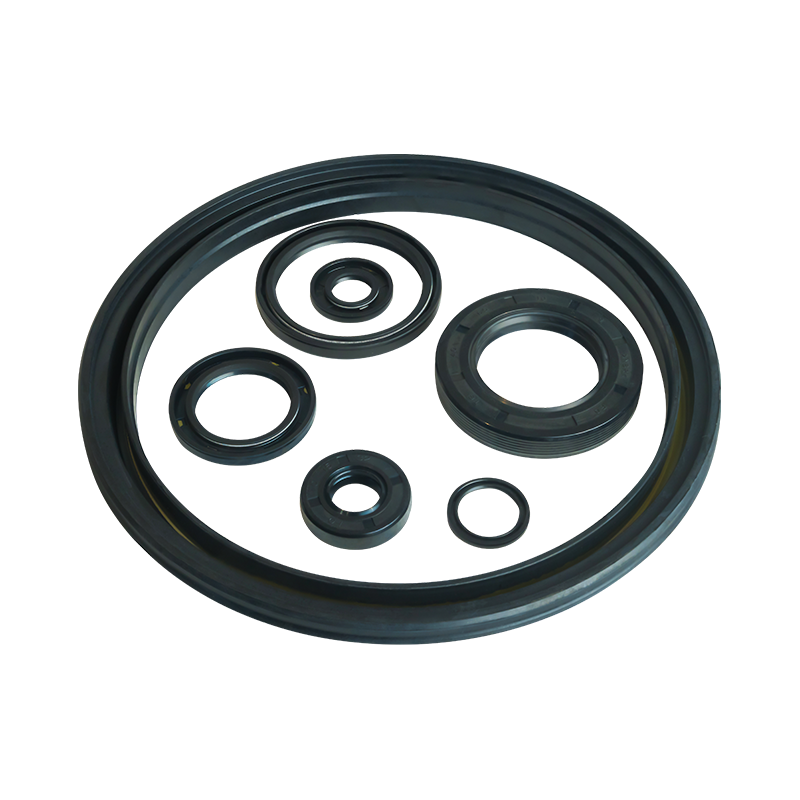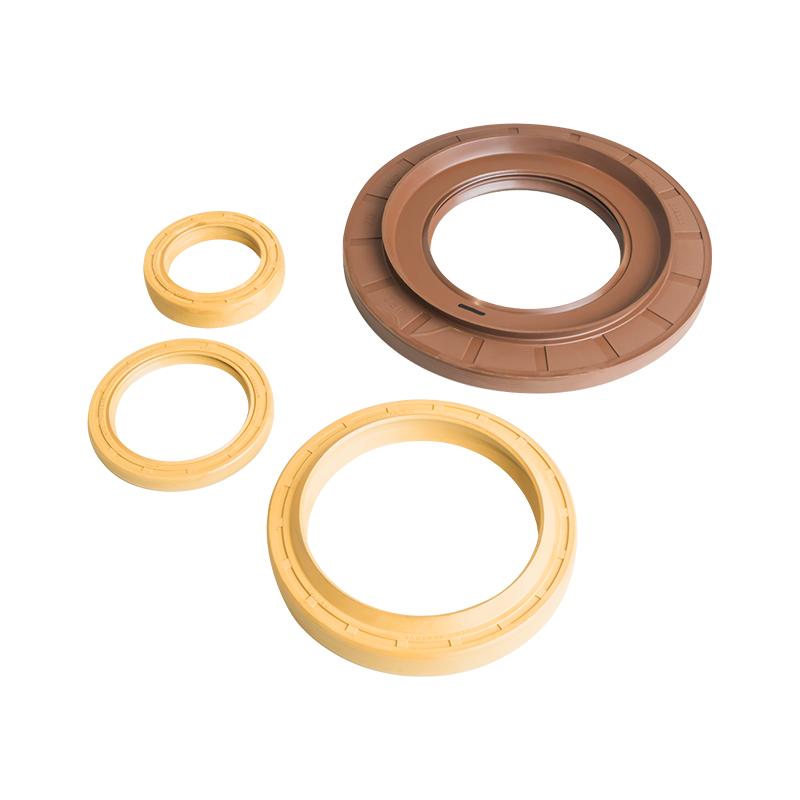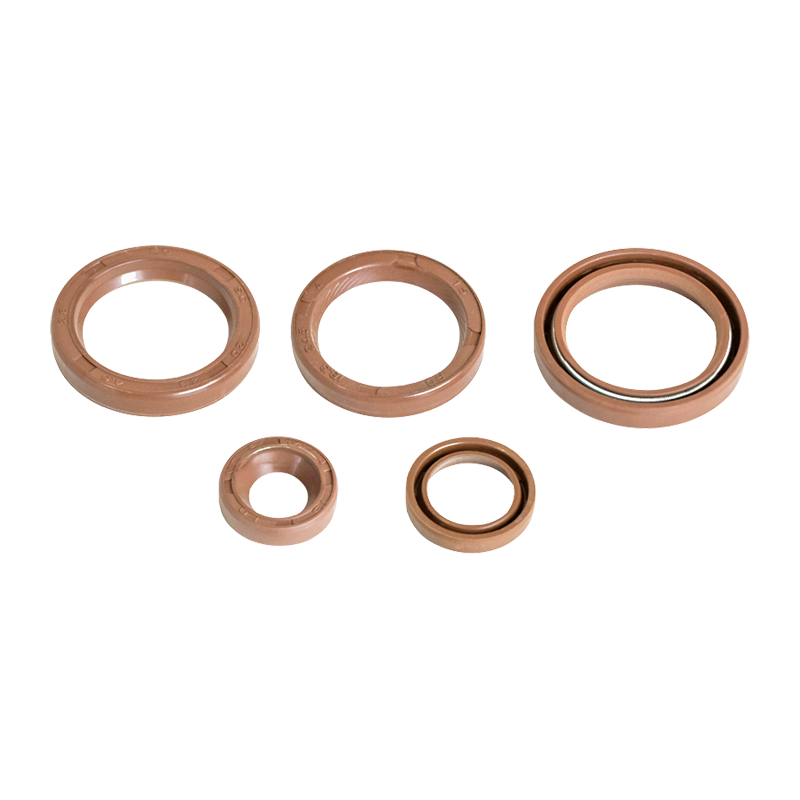How does fluorine rubber FKM o-ring seal compare to NBR or silicone seals?
The selection of sealing materials is critical in industrial applications, where factors such as temperature resistance, chemical compatibility, and durability play a significant role. Among the most commonly used materials are fluorine rubber FKM o-ring seals, NBR (nitrile rubber) seals, and silicone seals. Each material has distinct properties that make it suitable for specific environments.
Material Composition and Basic Properties
Fluorine rubber FKM o-ring seals are synthetic elastomers known for their exceptional resistance to high temperatures, fuels, oils, and aggressive chemicals. They are widely used in aerospace, automotive, and chemical processing industries. In contrast, NBR seals offer excellent resistance to petroleum-based oils and fuels but degrade when exposed to ozone, sunlight, or extreme temperatures. Silicone seals, on the other hand, excel in wide temperature ranges and flexibility but have poor resistance to fuels and mechanical wear.
The following table summarizes the fundamental differences:
| Property | Fluorine rubber (FKM) | Nitrile rubber (NBR) | Silicone |
|---|---|---|---|
| Temperature range | -20°C to +200°C+ | -30°C to +120°C | -60°C to +230°C |
| Oil/fuel resistance | Excellent | Excellent | Poor |
| Chemical resistance | Outstanding | Moderate | Fair |
| Compression set | Good | Fair | Poor |
| Cost | High | Low to moderate | Moderate to high |
Temperature Resistance and Performance
One of the most critical factors in seal selection is temperature stability. Fluorine rubber FKM o-ring seals perform exceptionally well in high-temperature environments, maintaining their integrity even at continuous exposure to 200°C or higher. This makes them ideal for engine components, exhaust systems, and industrial machinery.
NBR seals, while cost-effective, begin to degrade at temperatures above 120°C, leading to hardening and cracking. Silicone seals can withstand extreme cold (-60°C) and heat (up to 230°C), but their mechanical strength diminishes under prolonged stress, making them less suitable for dynamic sealing applications.
Chemical and Fluid Compatibility
Fluorine rubber FKM o-ring seals are highly resistant to a wide range of chemicals, including acids, hydrocarbons, and aggressive solvents. This makes them indispensable in chemical processing and oil & gas industries.
NBR seals perform well with petroleum-based fluids but fail when exposed to ketones, ozone, or chlorinated solvents. Silicone seals are biocompatible and resistant to water and steam but swell or degrade when exposed to fuels, oils, or concentrated acids.
Mechanical Properties and Longevity
When it comes to compression set and wear resistance, fluorine rubber FKM o-ring seals offer superior performance under continuous stress, making them ideal for static and dynamic sealing applications. NBR seals provide good initial sealing but suffer from compression set over time, especially in high-temperature conditions. Silicone seals, while flexible, have poor tear strength and abrasion resistance, limiting their use in high-pressure or abrasive environments.
Cost and Economic Considerations
While fluorine rubber FKM o-ring seals are more expensive than NBR and silicone seals, their longevity and performance in harsh conditions often justify the higher initial cost. NBR seals are the most economical choice for general-purpose applications, whereas silicone seals are preferred in medical and food-grade applications where extreme temperatures are a factor but chemical resistance is not critical.
The choice between fluorine rubber FKM o-ring seals, NBR seals, and silicone seals depends on the specific application requirements. FKM seals are unmatched in high-temperature and chemical resistance, NBR seals provide cost-effective solutions for oil and fuel applications, and silicone seals excel in extreme temperature ranges where chemical exposure is minimal. Understanding these differences ensures optimal performance and longevity in industrial and commercial applications.
Sray up to date with allour recent products
- Address: No. 6 Yangsha Road, Chengbei Industrial Park, Huilong Town, Qidong City, Jiangsu Province China
- Phone: +86-13906283641+86-18934546679
- Fax: +86-0513-83698022
- Email: [email protected]




 English
English русский
русский 中文简体
中文简体

